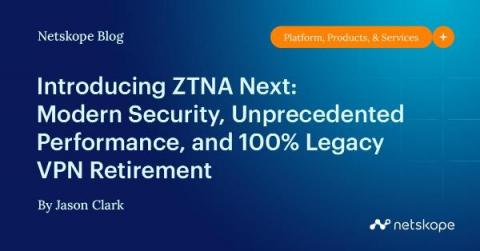Security | Threat Detection | Cyberattacks | DevSecOps | Compliance
Zero Trust
Keeper: An Essential Zero-Trust and Zero-Knowledge Cybersecurity Platform for the Federal Government
The U.S. federal government tends to move very slowly – except when it comes to zero-trust cybersecurity. The drive to get all agencies to zero trust is cruising along at warp speed, as evidenced by White House Executive Order 14028, CISA’s Zero Trust Maturity Model, OMB OMB M-22-09 and the DoD zero trust strategy and roadmap, all of which were released within the span of less than two years.
What is Zero Trust? Everything You Need to Know to Secure Vendor Access
Zero trust is a cybersecurity approach that restricts network access so only the right people are accessing the specific information they need —and nothing more. Here’s everything you need to know about the basic principles of Zero Trust and how to apply them to your third-party risk management program (TPRM) to create more secure remote access connections.
Zero Trust Security in Active Directory and Azure AD Groups
One important way of securing your organization against attacks and other cyber threats is to implement a Zero Trust security model for groups (distribution lists, security groups, Microsoft 365 groups) in on-premises Active Directory and Azure AD. After all, these groups control access to your IT assets, from sensitive data to vital communications channels and tools like Microsoft Teams and SharePoint.
Wi-Fi Security and Zero-Trust Network Architecture: Why You Need Both
In today's digital world, cyber threats are becoming increasingly sophisticated and harder to detect. Traditional security measures such as firewalls and VPNs are no longer enough to protect against ever-evolving threats. This is where zero-trust network architecture comes into play. In this blog post, we'll explore zero-trust network architecture and how it can work alongside Wi-Fi security to provide robust protection for your network.
Enabling Zero Trust Data Security through Security Awareness Education
In today's interconnected world, modern organizations face an ever-increasing array of cybersecurity threats. One of the most effective ways to protect sensitive data and ensure zero trust data security is by fostering a strong culture of security awareness among employees.
Making Zero Trust a Reality
The 443 Podcast, Ep. 238 - Zero Trust Maturity Model 2.0
Introducing ZTNA Next: Modern Security, Unprecedented Performance, and 100% Legacy VPN Retirement
In many conversations I have with security and infrastructure leaders, the discussion inevitably turns toward a zero trust project either already underway or set to begin soon. More often than not, this conversation is specifically about zero trust network access (ZTNA), because ZTNA technology has been frequently positioned as the solution for something every team really wants to achieve right now: total replacement of remote access VPNs.











